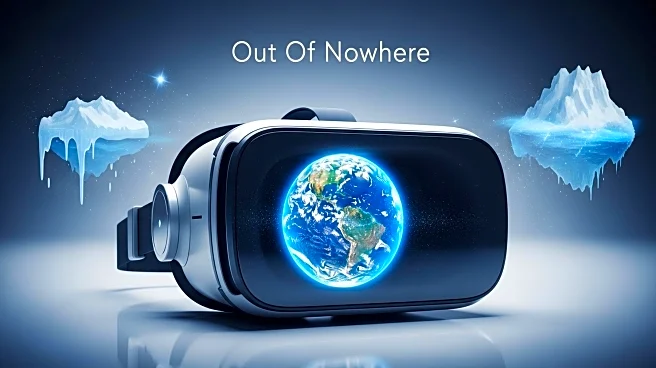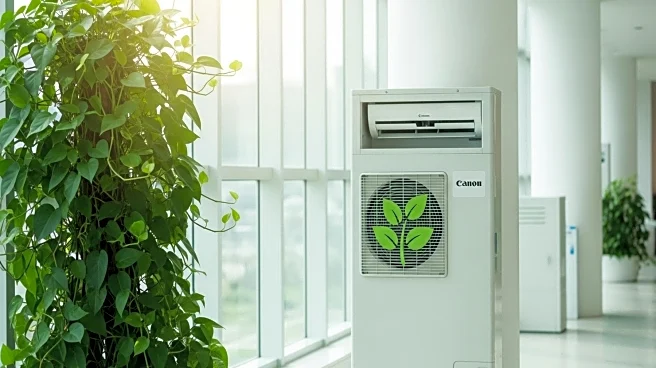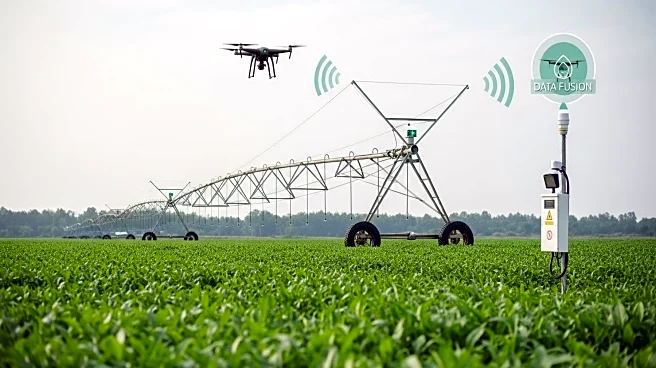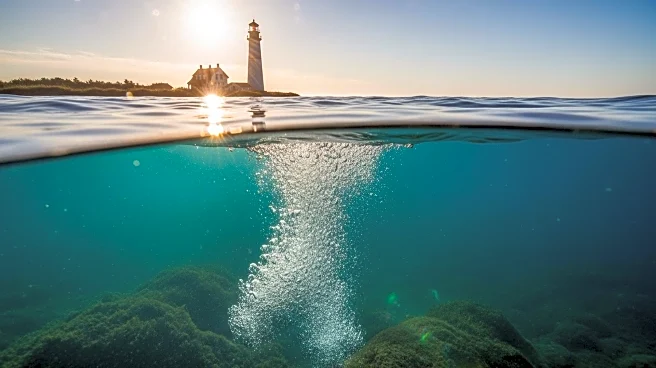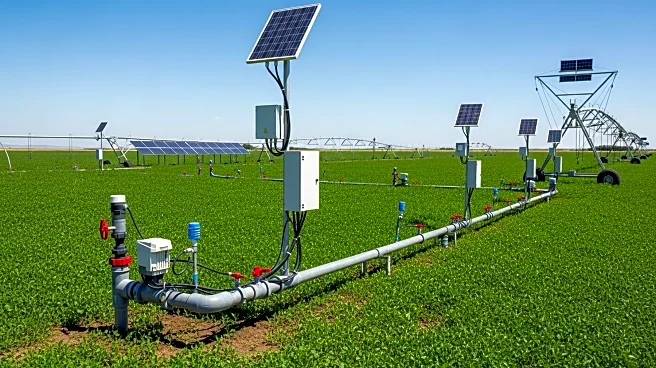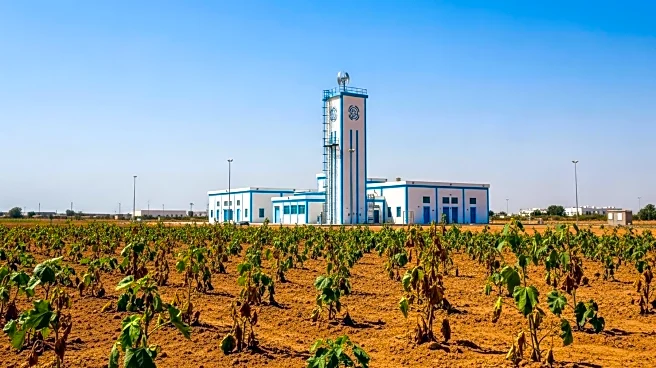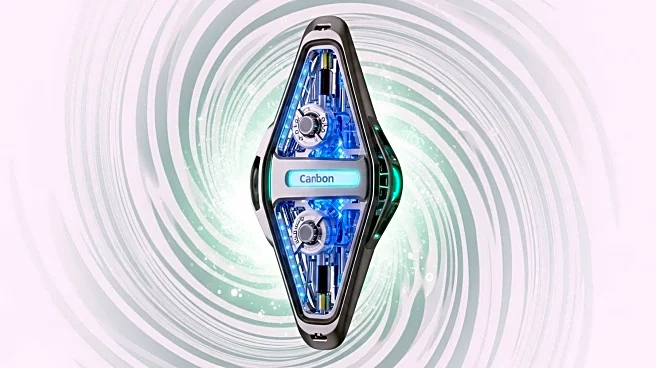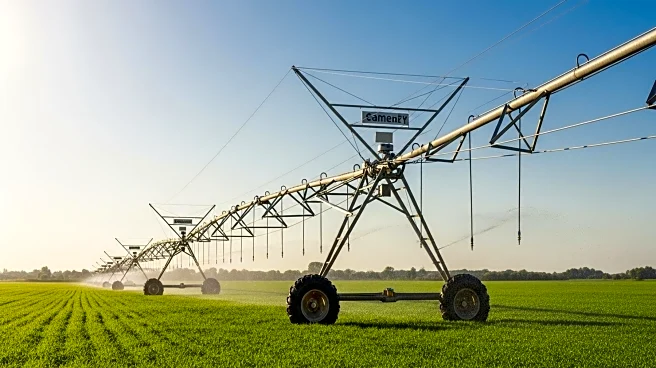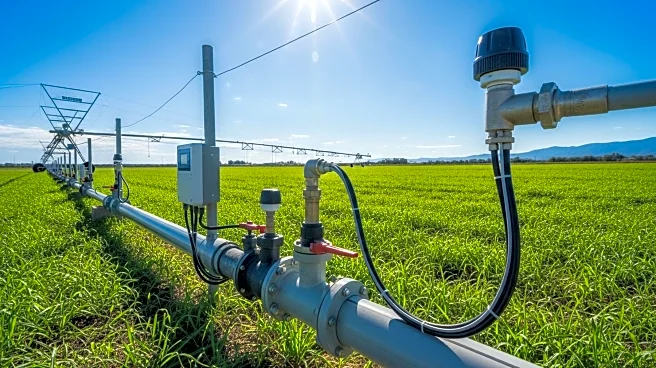What is the story about?
What's Happening?
Engineers at the Massachusetts Institute of Technology have developed a device capable of harvesting drinking water from the air, even in extremely dry environments like Death Valley. The device uses a hydrogel material that absorbs water vapor from the air, condenses it on glass, and channels it into a tube as drinkable water. This technology aims to address global water scarcity, exacerbated by climate change, by tapping into atmospheric moisture. However, critics argue that the device is expensive and produces limited quantities of water, making it less viable compared to traditional water sources and desalination.
Why It's Important?
The development of atmospheric water harvesting technology is significant as it offers a potential solution to the growing issue of water scarcity affecting over 2 billion people worldwide. As climate change leads to more severe droughts, innovative methods like this could provide alternative water sources in arid regions. Despite its promise, the technology faces challenges such as high costs and low water yields, which may limit its widespread adoption. The device could be particularly useful in emergency situations or areas with unreliable water supplies, highlighting its potential impact on public policy and resource management.
What's Next?
Further research and development are expected to focus on improving the efficiency and reducing the costs of atmospheric water harvesting devices. As the technology advances, it may find applications in industries requiring ultra-pure water, such as semiconductor manufacturing. The potential for commercial use is growing, with companies exploring pilot systems in various regions. However, widespread adoption may take a decade or more, as the technology needs to become more cost-effective and scalable.
Beyond the Headlines
The ethical implications of atmospheric water harvesting include concerns about its impact on global drying trends. While the technology 'borrows' water from the atmosphere, it returns it to the global water system quickly, minimizing long-term effects. The project also raises awareness about the need for responsible waste management and the potential for creative solutions to environmental challenges.
AI Generated Content
Do you find this article useful?



